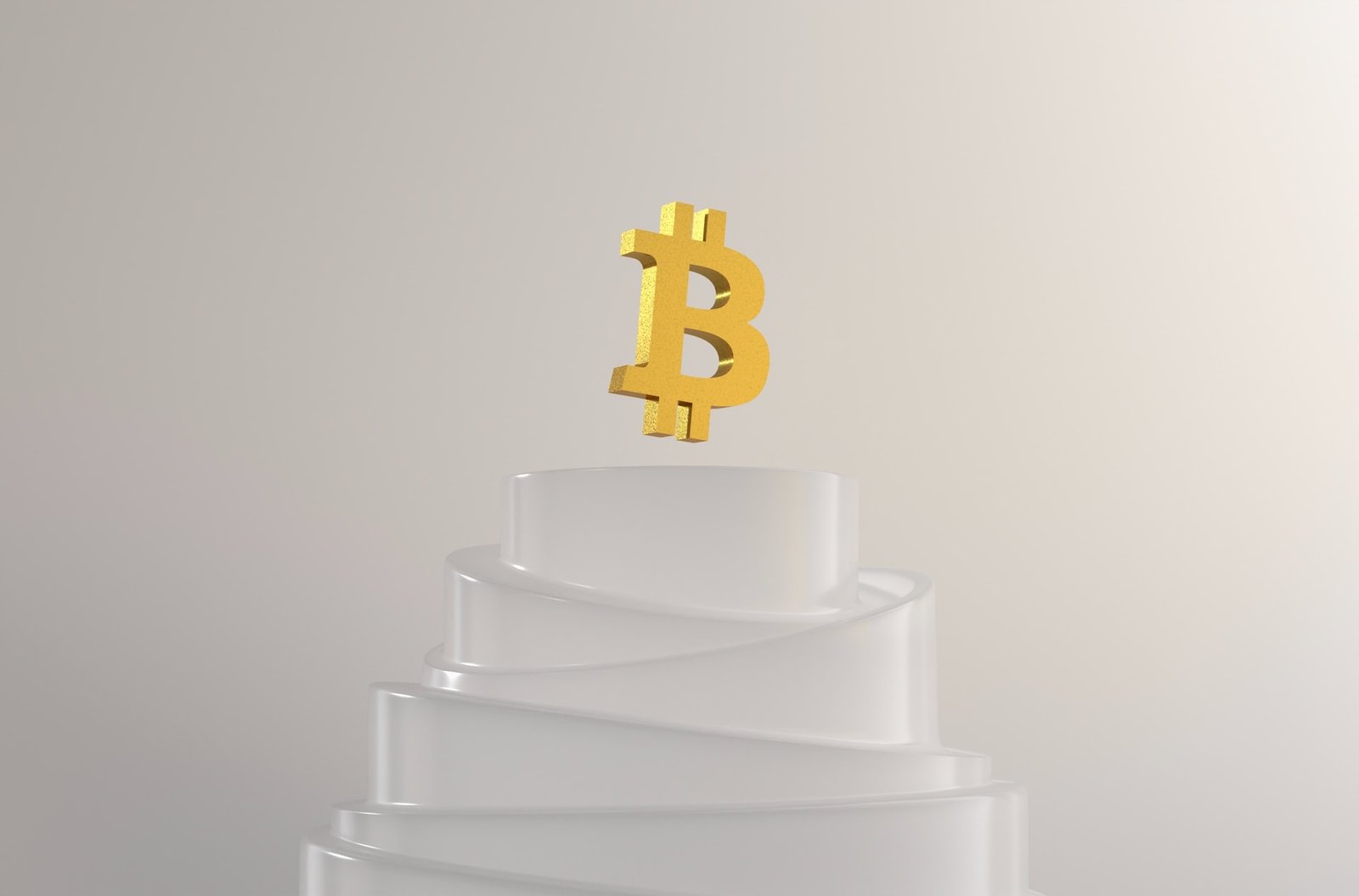Bitcoin (BTC) hit a long-term resistance line last week, creating a bearish engulfing candlestick. Long-term horizontal support might be broken.
FOMC will meet on Sept. 20-21 to examine inflation. Since March 2022, the FOMC has hiked federal fund rates by 25 bps, 50 bps, and 75 bps. 82% of economists expect a 75-bps rate rise and 18% think a 100-bps boost. The ideal rate would be 300-325 or 325-350.
Benjamin J. Cohen, a well-known political economist, said, “There is plenty of evidence that the bottom won’t be in until the FED comes near to the conclusion of their next round of rate reduction, rather than rate rises.” In several cases, the SPX bottomed as rate hikes halted.
Before the S&P500 bottomed, interest rates had been decreasing for a year. Since the Fed is still rising rates, the S&P 500 may not have hit bottom.
It’s interesting to watch BTC’s price movement to predict when the current cycle will bottom out. Since hitting $69,000 in November 2021, BTC has fallen. In June 2022, the local low was $17,622.
Bitcoin resumed an upward run immediately after but was denied by a falling resistance line last week, creating a bearish engulfing candlestick in the weekly chart. This bearish candlestick pattern reverses the previous week’s gain.
The weekly RSI shows bullish divergence. Divergence isn’t proven and might be invalidated by a price decline.
BTC might fall below $19,000 horizontal support. A breakdown below this region might trigger a quick fall to new lows. A weekly closing below this range confirms a bearish view, while a breakthrough above resistance invalidates it.
Also Read: Australia May Soon Punish Unauthorized Stablecoin Launches
Disclaimer: The information provided in this article is for informational purposes only and should not be construed as financial or investment advice. Cryptocurrency investments are subject to market risks, and individuals should seek professional advice before making any investment decisions.


Comments are closed.